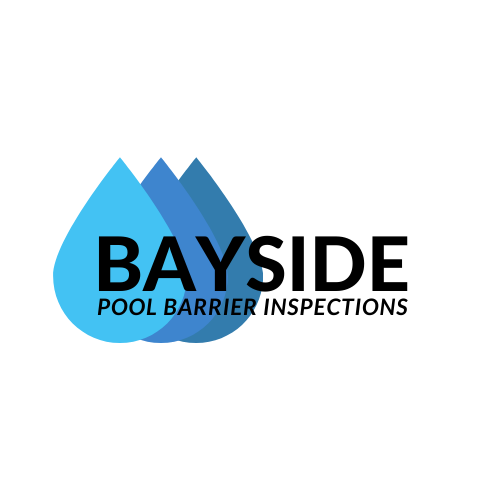Title Page
-
Doc Number
Customer Details
-
Site conducted
-
Conducted on
-
Prepared by
-
Address
-
Owner's Name
-
Email
-
Pool Build Date
-
Applicable Standard
Inspector Information
-
Company - Bayside Pool Barrier Inspections
-
Inspector - Kosta Varagiannis
-
Email - bpb.inspections@gmail.com
-
Contact - 0421 467 387
-
License Number -
-
ABN -
Safety Barrier - Pool Fence
-
Height 1200mm min - (From approach side AFGL) - 900 & 1100 above highest lower member)
-
Member spacing’s 100mm max - (Vertical and horizontal – includes all openings)
-
Ground Clearance 100mm max - (Gap beneath barrier to ground less than 100mm)
-
Stabilised Ground Surface - (Ground firm and stabilised, no loose sand, pebbles, chip bark etc.)
-
Stepped, staggered fencing panels - (900 & 1100 above highest lower member to top & 1200 high)
-
Strength & Rigidity - (Barrier can withstand reasonable lateral force of 30kg static load – loose posts etc.)
-
Outside Protection zone 900mm quadrant - (No climbable objects within 900mm radius)
-
Inside Protection zone 300mm - (No climbable objects within 300mm of inside of barrier) NCZ
-
Barrier panel sections - (Every panel section securely fixed and permanently fixed in position)
-
Finger & toe holds - ( No projections / indentations > 10mm on surface or within 900mm radius)
-
Perforated materials - (Apertures < 13mm max openings measured diagonally – largest dimension)
-
Material durability - (Fit for purpose – will not deteriorate or degrade with weathering)
-
Surface finish - (Free from sharp edges, projections, and similar hazards able to cause injury)
-
Glass Barrier - (Stamped on each panel complies with AS1288/ AS1170 / AS2208 Safety Grade A)
Pool Barrier Gates and Latches
-
Direction of Gate Swing - (must open outwards away from the pool)
-
Self closing - self latching - (From resting position on latch without use of force& 25kg weight)
-
Latch release outside Height - 1500mm min (must be 1400mm above lowest climbable member)
-
Latch release inside reach over Height 1200mm - (1100mm min above highest lower hor surface)
-
Sheilding / Tampering - (latch not able to be tampered with, 150mm min below top of barrier <10mm gap)
-
Hinges springs not climbable - (hinges 900mm apart & 1000mm from bottom hinge to top barrier)
-
Gap under Gate - (Not to exceed 100mm)
-
Latching Device - (not able to be adjusted without the use of a tool, nor locked in open position)
-
Hanging of Gate - (not able to be removed, lifted upwards causing release of latch or unhinge gate)
-
Gate not propped / held open - ( No potential for gate to be propped or held open)
Boundary Fences
-
Boundary Fence Height Minimum - 1800mm
-
Climbable Barrier - (no climbable objects within 900mm arc measured from top of barrier on pool side eg. rails, trees, BBQ etc)
-
Intersections Protected - (At internal corner fence junctions – protect fence rails if located within top 900mm on pool side)
-
Pool Barrier Fence - Boundary Fence Intersection (Protect fence rails for 900 outwards and 300mm inwards from pool barrier fence)
-
Strength & Rigidity - (fences are in sound condition with no loose, missing or damaged components)
-
Driveway - Yard Gates - NOT PERMITTED
Doors
-
Doors are NOT PERMITTED
Windows - CAN use lock, bolt or similar installed 1500mm above floor level - NO keyed locks allowed
-
Restricted from opening NO more than 100mm OR fitted with a security screen
Above Ground Pools
-
NCZ of 900mm to be maintained - (Filtration units , trees etc to be kept clear)
-
Has the access ladder been isolated with its own pool safety barrier inc gate?
Sign Off
-
Inspector's Signature
-
Date











